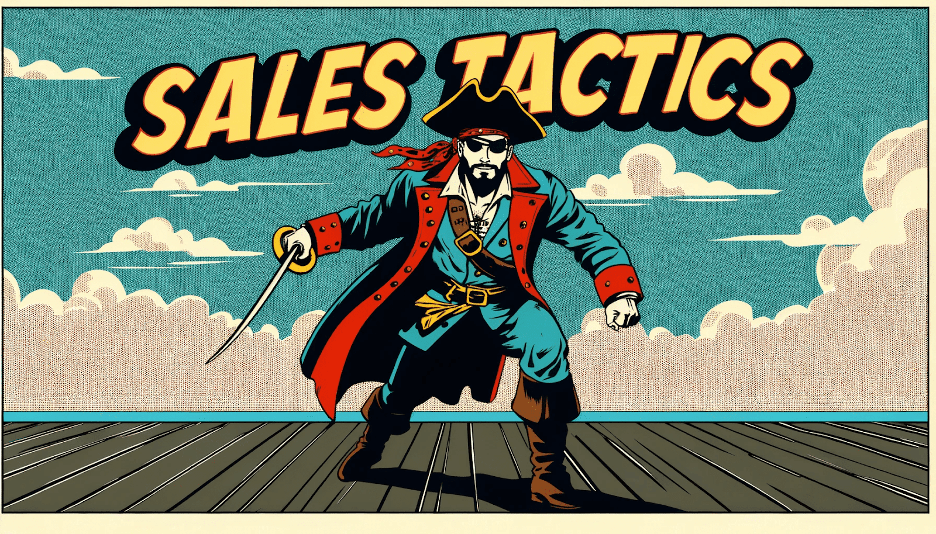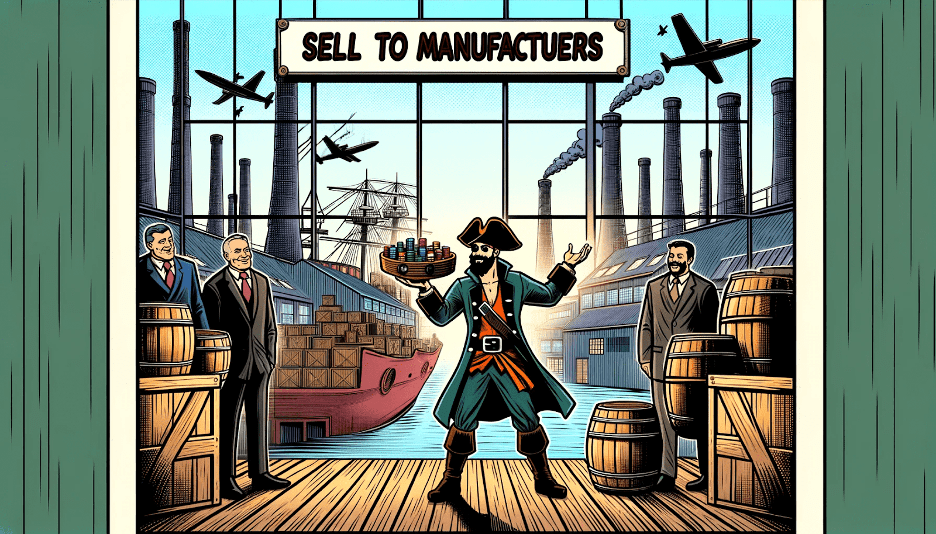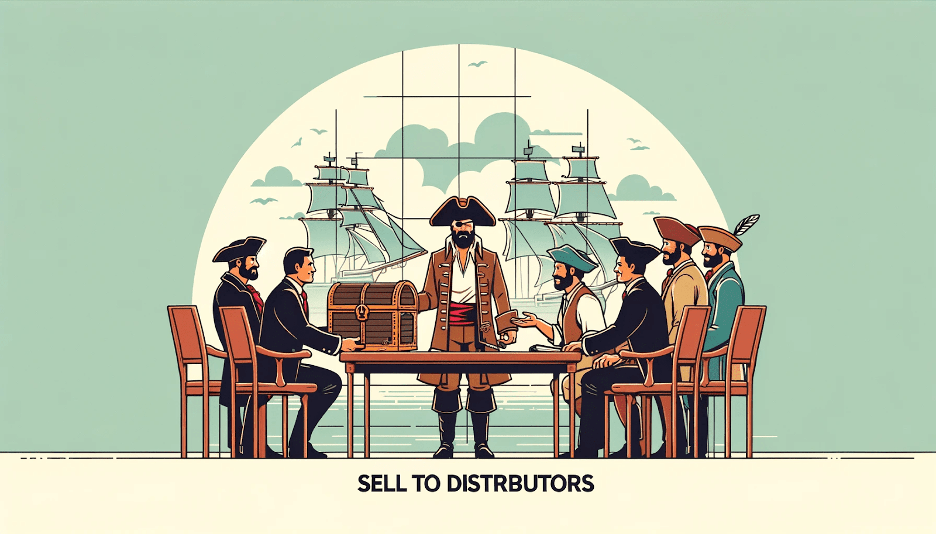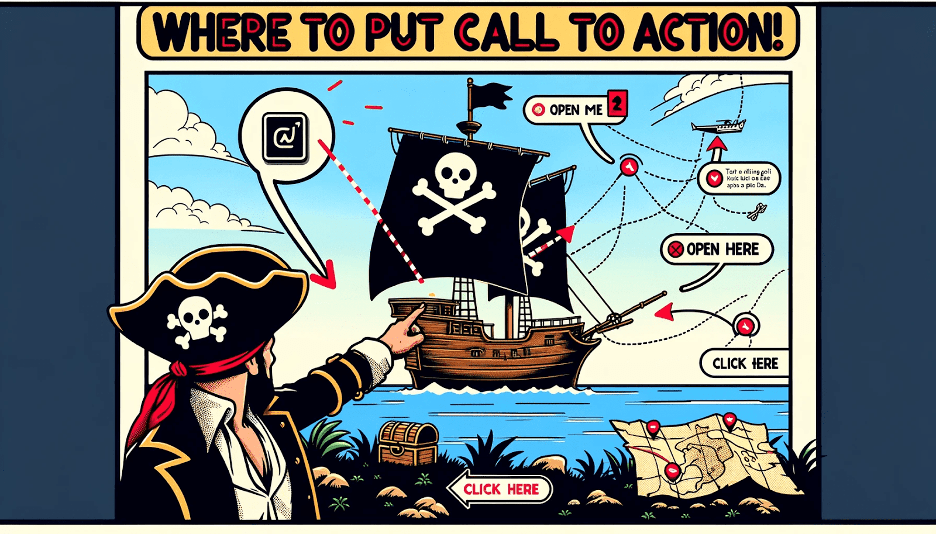
Added Value in Business: 5 Key Strategies
In the competitive world of business, adding value to products and services is not just a strategy; it’s a necessity for survival and growth. This article delves into five effective ways businesses can add value, drawing insights from a comprehensive analysis of various business models.
We are a marketing, advertising, and branding firm for the maritime industry. Our services are designed to help mission-driven businesses clarify positioning, expand reach, and increase revenues. Request a Free Strategy Call or just shoot me an email at mcharette@boatsquarterly.com
1. Convenience: The Key to Customer Satisfaction
Convenience is the first way a business can add value to a product. This statement encapsulates the essence of modern consumer behavior. In a fast-paced world, time is a luxury, and products that save time are highly valued. For instance, consider the transformation of a watermelon from a whole fruit to a ready-to-eat package. This convenience factor allows businesses to charge a premium, thereby increasing profit margins significantly. It’s not just about the product; it’s about the ease it brings to the consumer’s life.
2. Branding: Building Trust and Recognition
A strong brand is a powerful tool for adding value. It’s the reason why customers choose one product over another. Having a well-recognized, trusted brand is a huge asset. Brands like Nike have mastered this art, where the mere presence of their logo adds significant value to a product. In the marine industry, a strong brand could signify reliability, quality, or innovation, driving customers to choose your products over unbranded alternatives.
3. Quality: The Promise of Excellence
Quality is a timeless value-adder. It’s about the promise of delivering something superior. Customers will pay more for quality or the perception of quality. Whether it’s about the durability of marine equipment or the precision of navigation tools, quality is a non-negotiable aspect that can significantly elevate a product’s value.
4. Design: Differentiation through Aesthetics and Functionality
In a market flooded with similar products, design can be a game-changer. By designing a product with desirable features and to look aesthetically pleasing, a business is adding value. This approach is not just about looks; it’s about functionality and user experience. This could translate into designing more ergonomic tools or user-friendly interfaces that enhance the overall user experience.
5. Unique Selling Point (USP): Carving a Niche
A strong USP allows a business to stand out in a crowded market. What about your product is different from your competitors? This question is crucial for businesses seeking to add value through uniqueness. Lush Cosmetics, for example, carved a niche in the cosmetics industry with its strong ethical stance. In the marine sector, a USP could be anything from innovative technology to exceptional customer service, setting your business apart from the rest.
Adding value is an art that requires understanding your customers, market trends, and your own business strengths. Whether it’s through convenience, branding, quality, design, or a unique selling point, the goal is to create a product or service that resonates with your customers’ needs and expectations. In the marine industry, where the demands are specific and the competition stiff, these strategies can be the difference between floating and sinking in the market.
Regardless of how a business chooses to add value, adding value to products and services is extremely important as it incentivizes customers to make purchases and increases the businesses’ ability to make money.
MIDA.PRO – Marine Industry Digital Agency – Web dev / Marketing
Podcast – SHIPSHAPE INTERNATIONAL OCEAN INSIGHT




